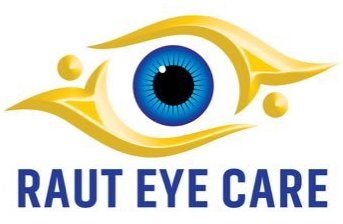
Trabeculectomy is a type of eye surgery used to treat glaucoma.It works by creating a new opening in the eye called a filtration bleb that helps to reduce the buildup of fluid pressure in the eye.
During the procedure, a small incision is made in the white part of the eye, called the sclera.The surgeon then creates a flap in the sclera and removes part of the trabecular meshwork. This is a network of tiny tubes in the eye responsible for draining fluid.
The new filtration bleb created by the procedure helps to reduce the pressure in the eye.The procedure is typically done on an outpatient basis, with local or general anesthesia.
After the procedure, drops may be used to reduce inflammation and help the eye heal.Possible complications include infection, bleeding, and vision loss.






